Wool is more warming than other fibers. Wool Fabric is also incredibly elastic, meaning it can easily stretch when wet and return to its original shape once dried. Because of all of these features, wool is pretty comfortable to wear. In this post, we’ll go through the many different types of wool that may be used for knitting.
Table of Contents
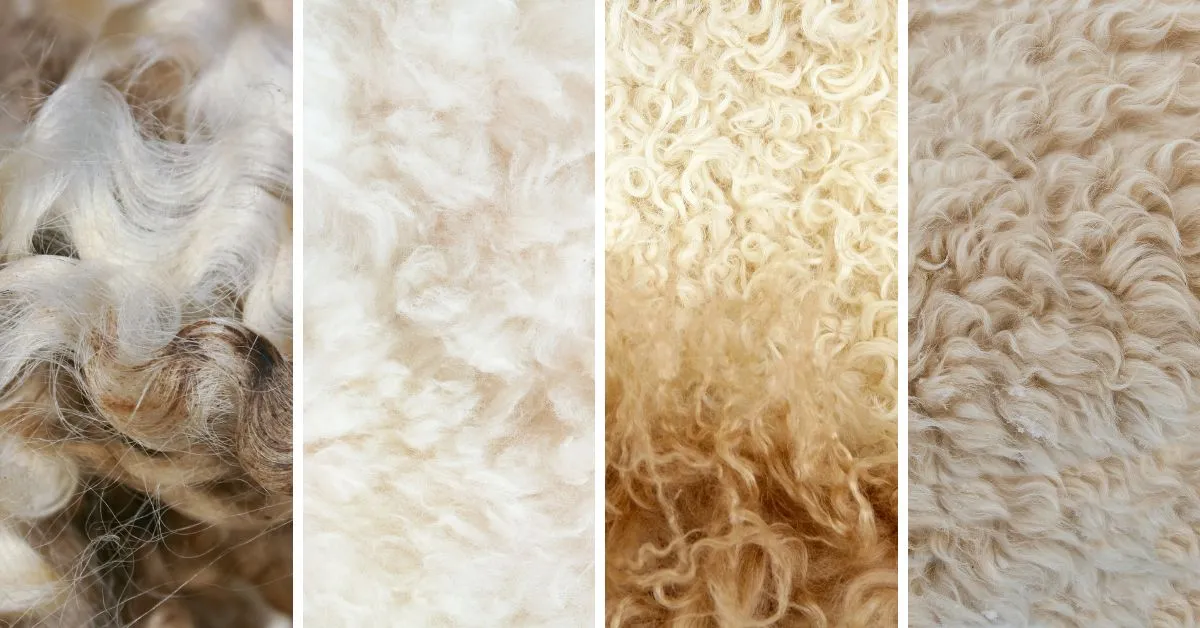
Wool is typically produced by sheep, although rabbits, goats, and llamas may also produce it. Wool comes in a variety of varieties, yet they all have some traits in common. The most crucial feature is that it absorbs moisture quickly. Wool can absorb up to 30% of its weight without feeling wet, and the moisture content helps to reduce static electricity build-up.
Different Types of Wool from sheep:
Wool is derived from various animals, each with its own set of properties. Consequently, it’s no surprise for several distinct varieties of wool. However, hundreds of different kinds of wool are available in the world.
1. Merino wool:
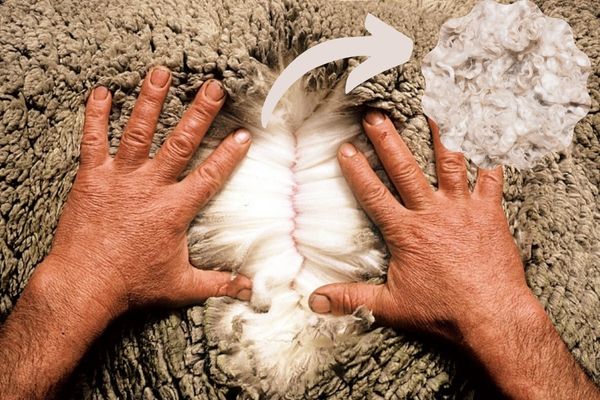
Merino wool is produced from Merino sheep’s fur. It is soft and smoothest of all the wool produced by sheep. It is found in a variety of hues, such as pastels, vivid tints, and multi-colour strands.
Merino wool is one of the best wool in the world. The majority of Merino wool is produced in Australia and New Zealand, with Australia accounting for over half of the global supply. This is ideal for base layers and other similar clothes.
2. Mohair wool:
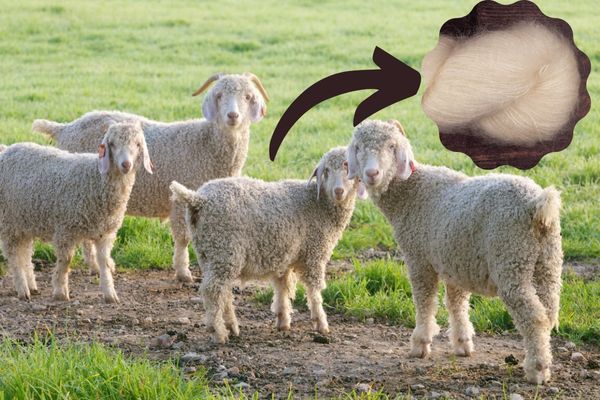
Mohair wool is obtained from the Angora goat’s hair. Unlike other goats, this one has shaggy hair on its body. Mohair is famous for its high sheen and luster, and its durability. Mohair is considered a luxury textile due to the unique characteristics of this type of wool, and garments made entirely of this material can be pretty costly.
3. Lamb’s wool:

Lambswool is mainly made from the fur of young sheep. This kind of wool may be referred to as virgin wool. The fur obtained from baby sheep tends to be very soft. So this type of wool is very soft and comfortable, which makes it less prone to skin irritation when using clothing made by it. In addition, lambswool, like merino and other wool, is permeable and aids with temperature regulation.
4. Shetland Wool:
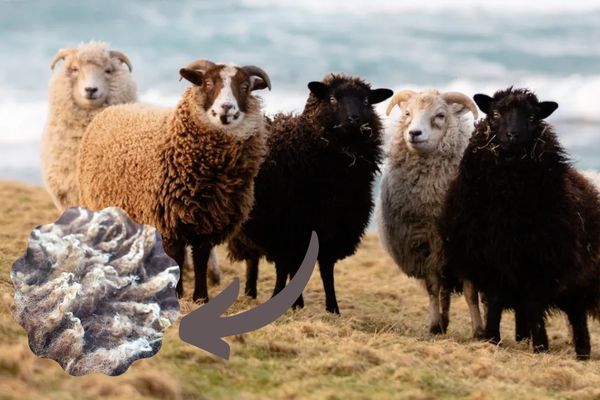
Shetland wool is a high-quality fabric that is used in both hand and machine knitting around the world. Shetland wool is derived from Shetland sheep, which can be found on the Scottish island of Shetland. The fibres are 23 microns heavier on average. It’s making them denser than Marino. Shetland wool is famous for its durability and toughness. Shetland wool is perfect for making warm and cozy sweaters.
5. Cashmere wool:
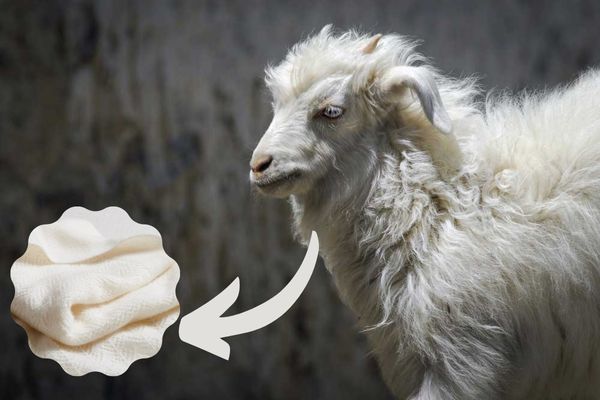
Cashmere wool is exceptionally soft and comes from Kashmir goats. The fabric, made of high-quality Cashmere wool, is exceptionally soft and light. When Cashmere wool comes into contact with the body, it feels like a gentle hug. It is water-resistant. The fibers are incredibly delicate and flexible, providing excellent thermal insulation.
6. Angora wool:
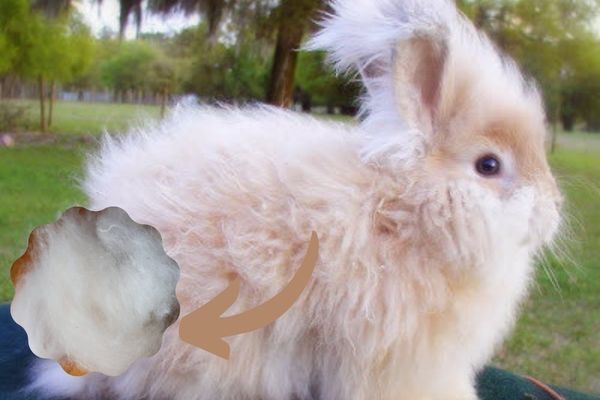
Angora rabbits are the most common source of Angora wool. The lightest and warmest of the natural fibers is this type of wool. The hollow and smooth fibers of angora provide irresistible comfort and elevation. The fibers are incredibly soft, but they are also highly fragile. As a result, angora is frequently blended with others. It increases its durability.
7. Llama wool:
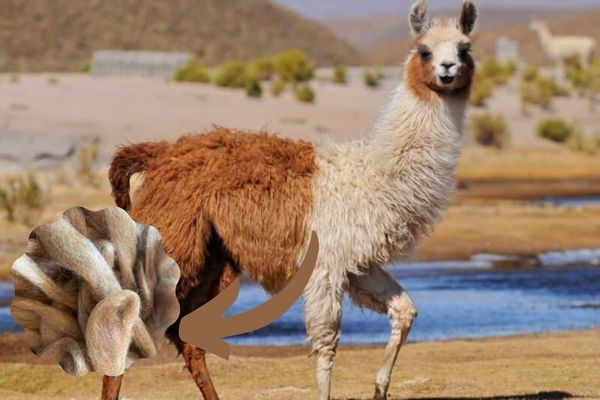
Llama wool is considered to be one of the finest wools available. It comes from the llama’s fine undercoat instead of the llama’s coarse outer guard hair. Like angora goats and rabbits, llamas can have their undercoat sheared or brushed to collect this fine undercoat. Unfortunately, llama wool is uncommon and challenging to come by.
8. Melton wool:
Woolen cloth woven in a twofold form is known as Melton wool. Melton wool is typically used to manufacture more aesthetically appealing items, such as coats and blankets, since thick and stiff with a rough surface. In addition, it is the most weatherproof of all woolen textiles, not only because of its dense, quest-felt texture but also because it possesses water-lifting capabilities and is relatively wind-resistant.
9. Camel hair:
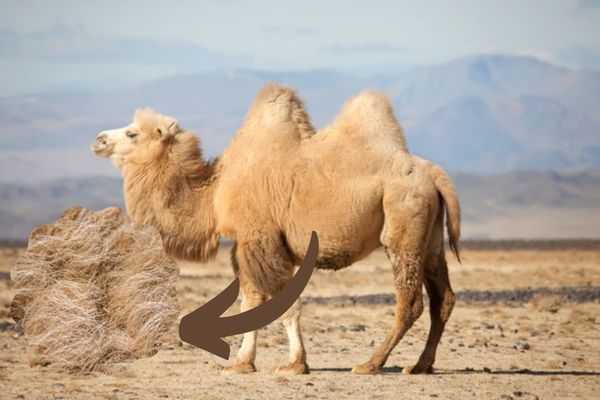
This type of textile production from camels’ coats. Camel’s hair is the most frequent name for this sort of cloth. Camel’s hair has recently had a rebirth among the environmentally aware or “conscious” consumer demographic. Camels lose their winter coats spontaneously every spring. The most frequent fibers used in consumer garments are high-grade fibers.
10. Alpaca wool:
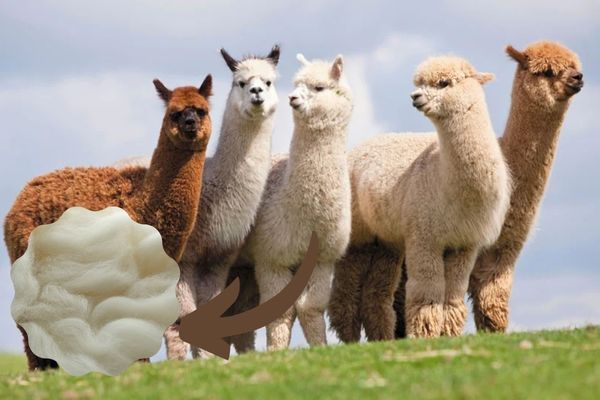
Alpaca wool is a kind of wool made from alpaca fibers that naturally develop on animals. Alpaca wool may be thick or light. It is perfect for a wide range of outfits. Alpaca wool is softer and more durable than sheep wool. Wool manufactured from alpaca fiber is hypoallergenic because it lacks lanolin. As a result, it is highly sought after by customers, and it is frequently more expensive than other varieties of fur.
11. Qiviut wool:

Qiviut is a kind of ultra-fine wool, unlike sheep wool, which has tiny barbs. The Musk Ox or Dominga’s soft underwool is referred to as qiviut. Qiviut is more durable and warm than sheep’s wool, and it is softer than cashmere wool. Because of its exceptional softness and warmth, it is one of the most sought-after and rare fibers on the planet. It doesn’t shrink when submerged in water.
12. Vicuña Wool:
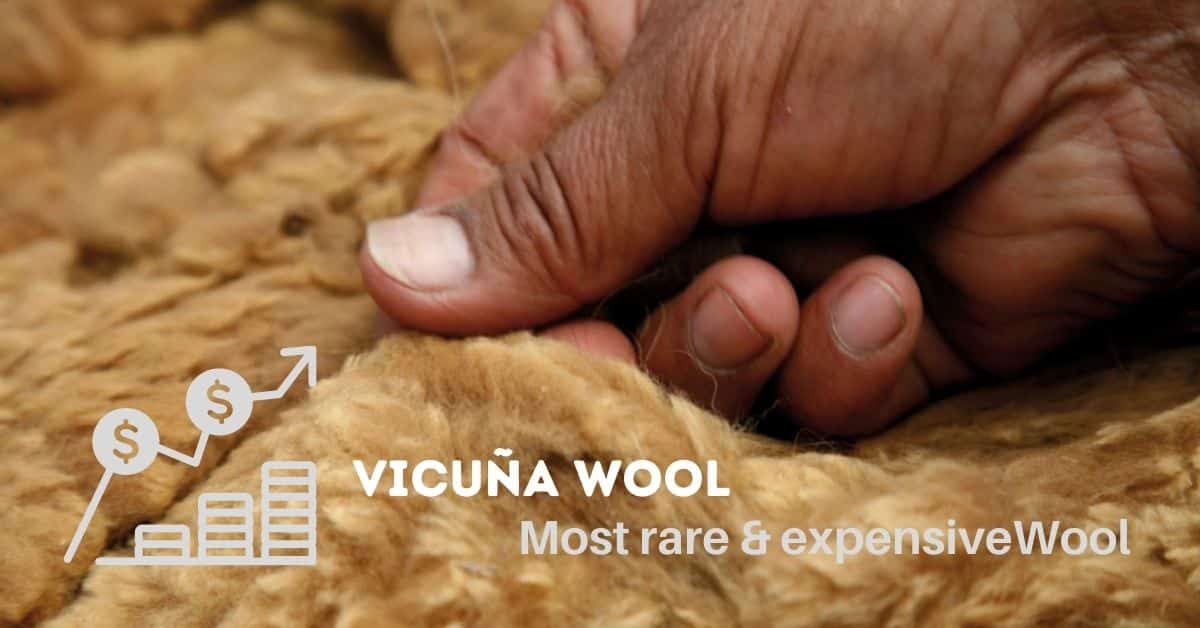
It’s a relative of the alpaca and llama originating in the Andes. Vicuña produces wool as the rarest wool. The vicuña, often known as the “carrier of the golden fleece,” is a miniature camel that belongs to the camel family. It’s more delicate wool than cashmere, and it’s pretty warm. Because it is chemically sensitive, it is frequently kept in its natural condition without applying colours.
You can get a short idea from the video of the Textile Vlog:
Benefits of wool fiber
Wool insulates and remains comfortable in a wide range of temperature and climates. Breathable merino helps to regulate body temperature in all climate conditions. Natural Fibers and air circulation reduce the risk of skin reactions that you might experience with any synthetic material. Some advantages of wool fiber due to it’s unique technical properties. These are as follows:
- Temperature Control
- Ultra Soft
- Machine Washable
- Stay Fresh
- Sustainable
Where does wool come from?
Wool comes from animals like sheep and goats. It comprises the protein keratin. Wool is much finer than other fibers. Therefore, it is suitable for luxurious next-to-skin apparel.
What is the best wool?
Merino wool is one of the best wool types in terms of comfort, warmth, lightweight, and price.

I really like reading a post that can make people think.
Also, many thanks for allowing for me to comment!